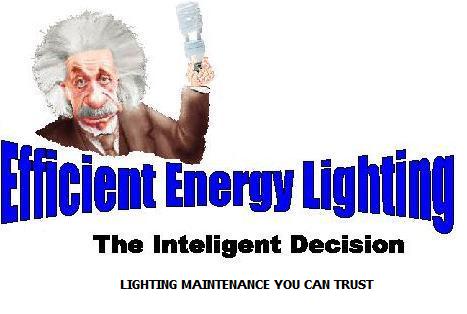 |
- Buy Energy-Efficient Appliances
Many of today's new appliances use half the energy of those from 20 years ago. If you're in the market, remember this rule of thumb: look for products with the Energy Star® label -- they typically use about 20 to 40 percent less energy than other new models. Some electric companies and even state governments offer consumer rebates on EnergyStar-rated models.
- Insulate Your Home
Most homes in the United States are less than optimally insulated, and older homes tend to have higher heating and cooling costs than newer homes. Installing proper insulation, windows, ducts and heating/cooling systems can help keep these costs down while improving the comfort of your home. What follows is a generic guide to retrofitting your home with energy-efficient features. However, the best way to learn about the specific needs of your home is to get an energy rating. An energy rater will conduct a detailed analysis of your home and identify areas where you can make cost-effective improvements in energy efficiency. Californians can arrange a visit from an energy-rater through CHEERS, the statewide nonprofit. Residents of other states can find a list of certified raters by area through RESNET, the Residential Energy Services Network.
- To get an idea of what efficiency measures might make sense for your home, start with the Department of Energy's Insulation Fact Sheet to determine what type of insulation is best suited to your house and your climate. Then, follow these general guidelines:
- Start with the attic. Good insulation here can save 20 to 35 percent in heating and air conditioning costs.
- Insulate under the floor, around hot water pipes and heating ducts, and in crawl spaces for further energy savings.
- Install new windows that meet or exceed EnergyStar specifications. These windows keep heat from escaping, and in hot climates, keep out half of the sun's heat energy. They also reduce noise. The U-factor, listed on the National Fenestration Council label, reflects the insulation ability of the entire window, not just the glass. Look for a U-factor of 0.35 or lower. For homes with overheating problems or with high air conditioning bills, you should also look for a Solar Heat Gain Coefficient (SHGC) of .35 or lower.
- Choose Renewable Energy
Many consumers now have the power to choose their own energy supplier. If you have a choice, pick a supplier that uses renewable power resources, like solar, wind, low-impact hydroelectric, or geothermal. Find out if your state offers electric choice by using Green-e's Pick Your Power website, a state-by-state guide to green energy options. In some states, instead of choosing a specific electricity supplier, you can support renewable energy by paying a small premium on your electric bill. Or, you can buy "wind certificates" or "green tags" to offset the global warming pollution created by using conventional electricity in your home or office.
|
|

